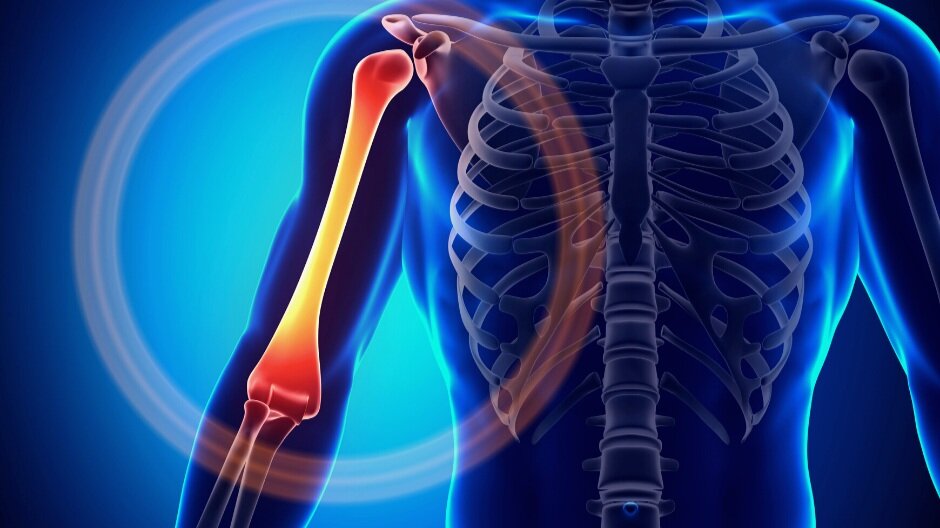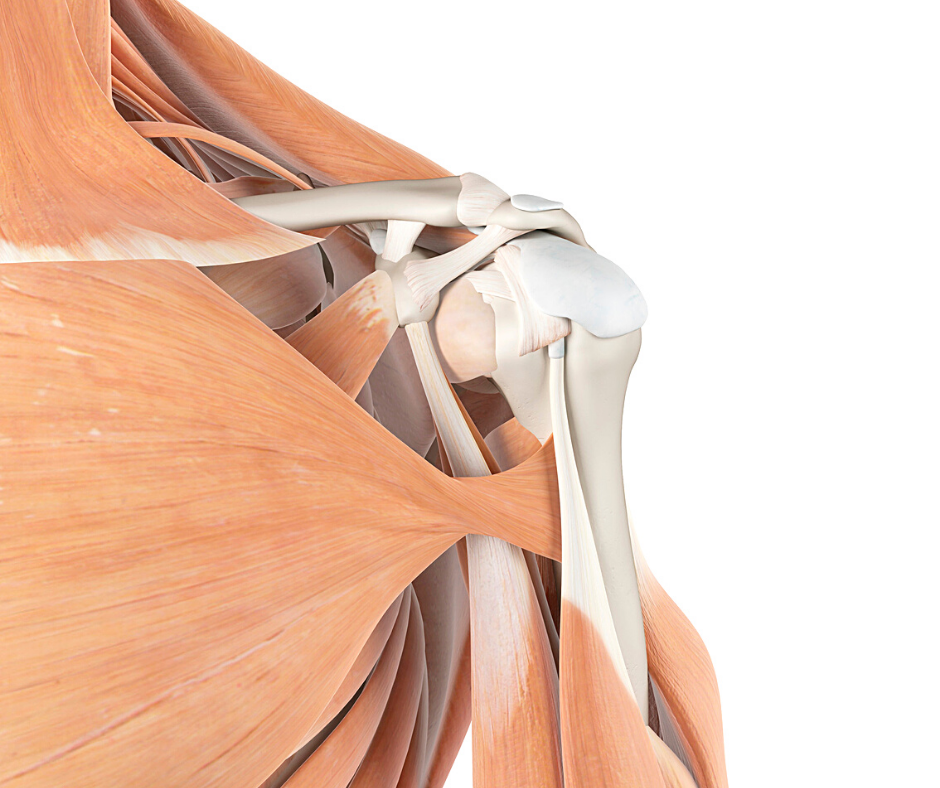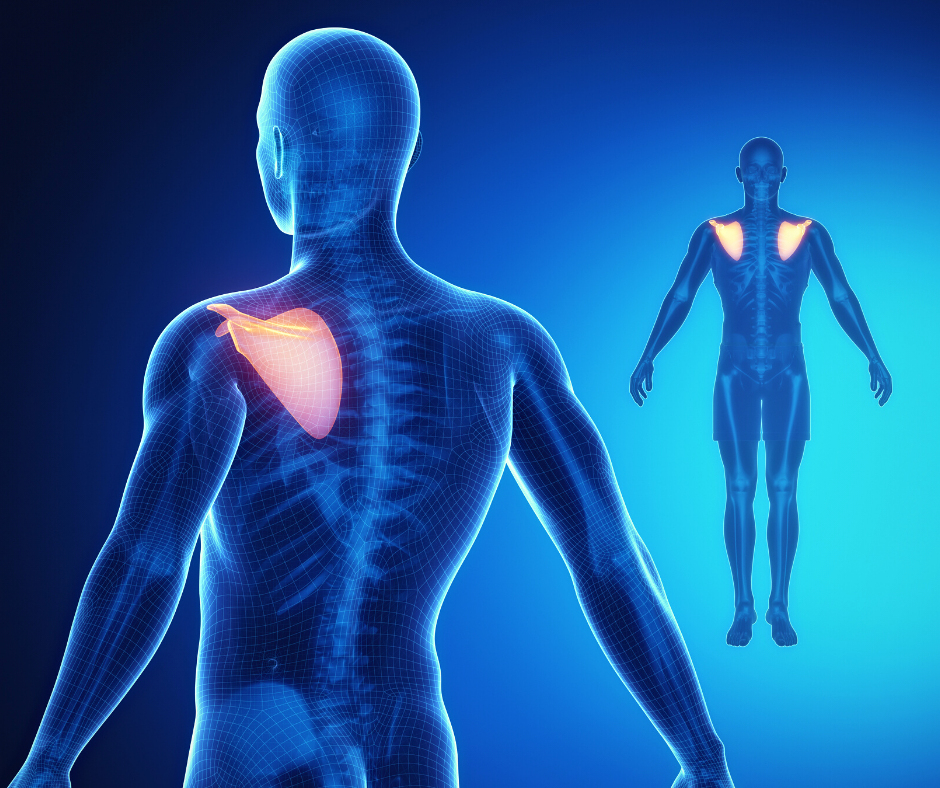
Arm, Elbow, and Shoulder Conditions
The muscles and tendons of the arm, elbow, and shoulder work in concert to allow us to engage in overhead motion and sports activities, lift heavy objects, and engage in detailed, coordinated work. However, due to the repetitive nature of these activities, the shoulder, arm, and elbow muscles and tendons are susceptible to irritation, inflammation, and pain. Physical therapy plays a critical role in rehabilitating arm, elbow, and shoulder-related conditions and injuries and restoring mobility, flexibility, and strength.
Rotator Cuff Tendinitis & Tears
The rotator cuff keeps the shoulder joint stable and allows the arm significant rotational and stretching mobility. Injury to the rotator cuff is common, due to an acute tear from an accident or degeneration of tendons from repeated overuse.
Rotator cuff tendinitis involves overuse of the rotator cuff muscles and tendons, which become inflamed. Symptoms of a rotator cuff tear include pain over the top of the shoulder or down the outside of the arm, shoulder weakness, loss of shoulder motion, feeling of weakness in the arm, and inability to lift the arm to reach up or behind.
Physical therapy addresses rotator cuff pain, helps restore movement and range of motion to the shoulder and arm, and safely rehabilitates the rotator cuff after surgery to return to work and sport.
Golfer’s Elbow
Golfer’s elbow is an inflammation of the inner elbow tendon that is caused by over-reliance on the forearm muscles. Golfer’s elbow can result from repetitive strain and overuse of the forearm muscles to flex, rotate, grip, and swing.
Physical therapy for golfer’s elbow includes manual therapy and dry needling to reduce pain, weight-training of the forearm, proper body mechanic instruction to lessen stress on the back, elbow, and shoulder during the golf swing, and targeted muscle strengthening exercises of the forearm and shoulder.
Biceps Tendinitis
Biceps tendinitis is a common cause of shoulder pain that develops due to repetitive, overhead movements that irritate and inflame the biceps tendon of the shoulder joint. Other causes of biceps tendinitis include weakness of the rotator cuff muscles, shoulder joint hypermobility, poor posture, or abrupt increase in volume and intensity of exercise routine.
Biceps tendinitis is associated with a sharp pain in the front of the shoulder. It commonly occurs with other shoulder issues: rotator cuff tear, arthritis, and shoulder impingement.
Physical therapy effectively manages biceps tendinitis pain and treats the condition using manual therapy, activity modification, postural education, and therapeutic exercise to regain strength, range of motion, and coordination in the shoulder.
Tennis Elbow
Tennis elbow is an inflammation of the muscles of the forearm and the outer tendon of the elbow. It can occur in tennis players and golfers. In golfers, the condition commonly results due to premature release swings. Symptoms of tennis elbow include pain and burning on the outside of the elbow and weakened grip strength.
Physical therapy treatment for tennis elbow involves manual therapy, dry needling, and targeted therapeutic exercise to strengthen the muscles of the forearm, improve flexibility, and restore elbow function.
Frozen Shoulder
Frozen shoulder, or adhesive capsulitis, occurs when the shoulder capsule tissues thicken and become stiff, tight, and inflamed. Frozen shoulder affects women more often than men and often impacts those between forty-to-sixty years old.
The exact cause of frozen shoulder is unknown; however, there are a number of predisposing factors that contribute to the condition. These factors include a period of immobility of the shoulder due to trauma, overuse injuries, or surgery; and conditions such as diabetes, hyperthyroidism, cardiovascular disease, and Parkinson’s disease.
Physical therapy is the first line of treatment to manage and address frozen shoulder, manage pain, and regain normal range of motion. Physical therapy treatment includes manual therapy to improve range of motion, heat and ice modalities for pain management, stretching techniques, strengthening exercises targeting the shoulder and core muscles, and a home exercise program.
Swimmer’s Shoulder
Swimmer’s shoulder is the most common shoulder injury involving pain in the front of the shoulder that worsens with repetitive overhead motion. The swimmer usually experiences decreased strength and range of motion.
Swimmer’s shoulder is often associated with other shoulder issues, such as rotator cuff tendinitis and shoulder impingement. Swimmer’s shoulder is caused by poor stroke mechanics, muscle fatigue in the shoulder and upper back, and instability and laxity of the shoulder joint.
Physical therapy treats swimmer’s shoulder through stretching and manual therapy to manage pain and a targeted therapeutic exercise program to improve strength, endurance, mobility, and shoulder stability. The exercise program includes upper body, hip, quadriceps, back, core, and rotator cuff strengthening to address muscular weakness and imbalances that contribute to the injury.
Shoulder Labral Tear
A shoulder labral tear involves partial or total separation of the labrum from the shoulder socket, often due to excessive trauma to the joint from overuse or direct injury. The labrum is a ring of cartilage that surrounds the rim of the shoulder socket, providing stability to the shoulder joint and a cushion to the shoulder during activity.
Physical therapy helps those with shoulder labral tears regain strength, stability, and range of motion in the shoulder joint. The therapist works to correct movement patterns that place stress on the shoulder joint and labrum and to build control, coordination, and strength in the shoulder and scapular region.
Shoulder Impingement Syndrome
Shoulder impingement is caused by pinched tendons or bursa in the shoulder. It occurs due to chronic, repeated compression of the rotator cuff tendons, causing pain and movement issues. Those who do repeated overhead arm movements are most at risk for developing a shoulder impingement.
Physical therapy can successfully treat shoulder impingement syndrome. Physical therapy treatment for a shoulder impingement typically involves pain management, range-of-motion exercises, manual therapy, muscle strengthening, and functional training to relieve pain, restore function, and prevent future injury.
Shoulder Separation
A shoulder separation, or AC joint injury, involves a strain or tear of the ligaments of the joint that result in some form of separation between the clavicle and acromion.
Shoulder separations are common among young male athletes who participate in high-contact sports like football and rugby.
A physical therapist can effectively treat a shoulder separation, helping the athlete manage pain, restore shoulder mobility and strength, and return to sport safely through a progressive rehabilitation program.
Snapping Scapula Syndrome
Snapping scapula syndrome involves popping, grating, grinding, or snapping bones and tissue in the shoulder blade when lifting or moving the arm. This syndrome is most common in young, active people who perform repeated overhead movements.
Physical therapy can reduce pain and soft tissue inflammation associated with snapping scapula syndrome and address loss of motion and muscle weakness through therapeutic exercise, strengthening, and manual therapy.









